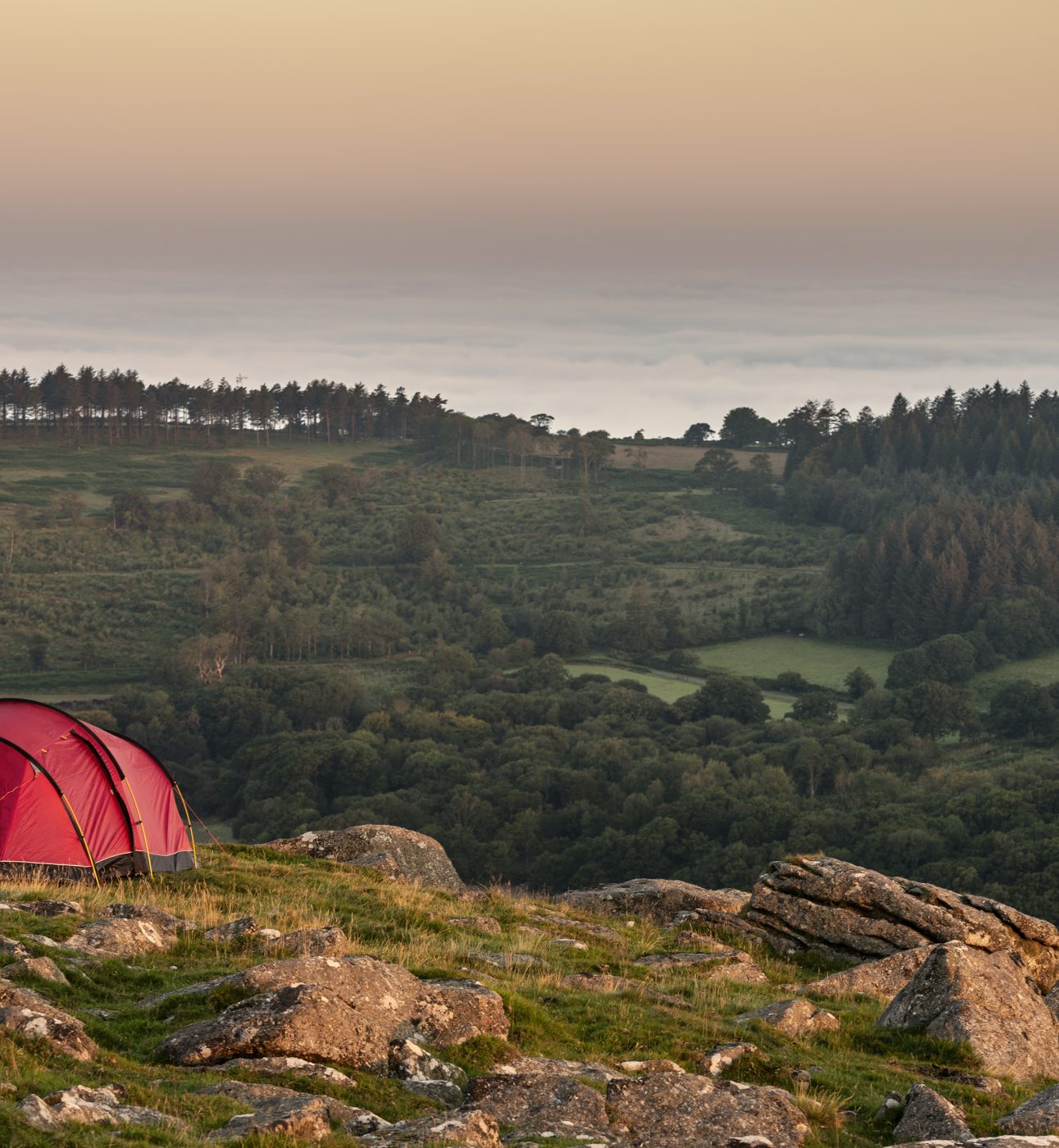
Our work on wild camping
Our right to wild camp and access nature in National Parks is highly restricted, we’re working to increase wild camping opportunities within the Parks.
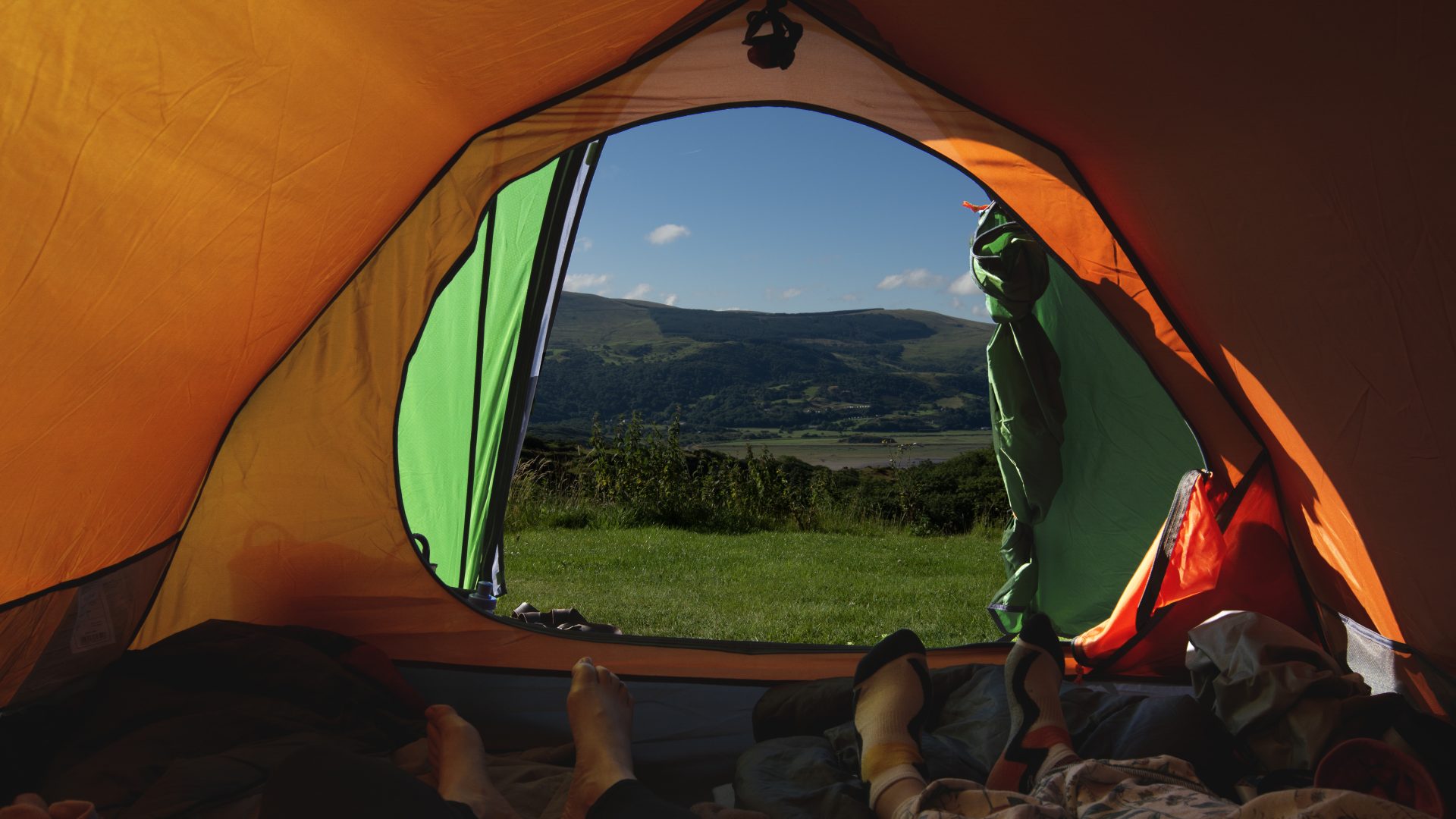
Published: 27 May 2025
And breathe! Wednesday 21 May wild camping decision in the Supreme Court was a huge moment in the history of our National Parks. It was also a hearty reminder of the value of wild camping for thousands of people, and the continued need to stand up for wilder National Parks for all.
The resounding decision confirmed that ‘open-air recreation’ includes wild camping. Protecting everybody’s right to camp under the stars on Dartmoor; the only place in England, Wales and Northern Ireland where it is legal to wild camp without landowner permission.
But with this decision, we must also remind ourselves (and others) of the responsibilities that come with this wonderful right to camp in nature. For those who may be new to the concept of wild camping, or even those who wild camp regularly, we have pulled together some simple top tips to set you off safely on your next wild camping trip to Dartmoor.
Wild camping – or ‘backpack’ camping as it is sometimes referred – relates to the practice of residing in a tent for no more than one night in open country which is often remote and inaccessible by vehicle. Often defined by camping equipment which can only be carried upon one’s person, the practice has a long tradition, practiced for many generations in our National Parks and long-distance trails.
It is important to make a clear distinction between wild camping and fly-camping which is highly problematic and involves campers often staying for long periods or leaving behind rubbish or camping equipment. Wild camping also excludes the use of campervans or vans as a means to reside in an area.
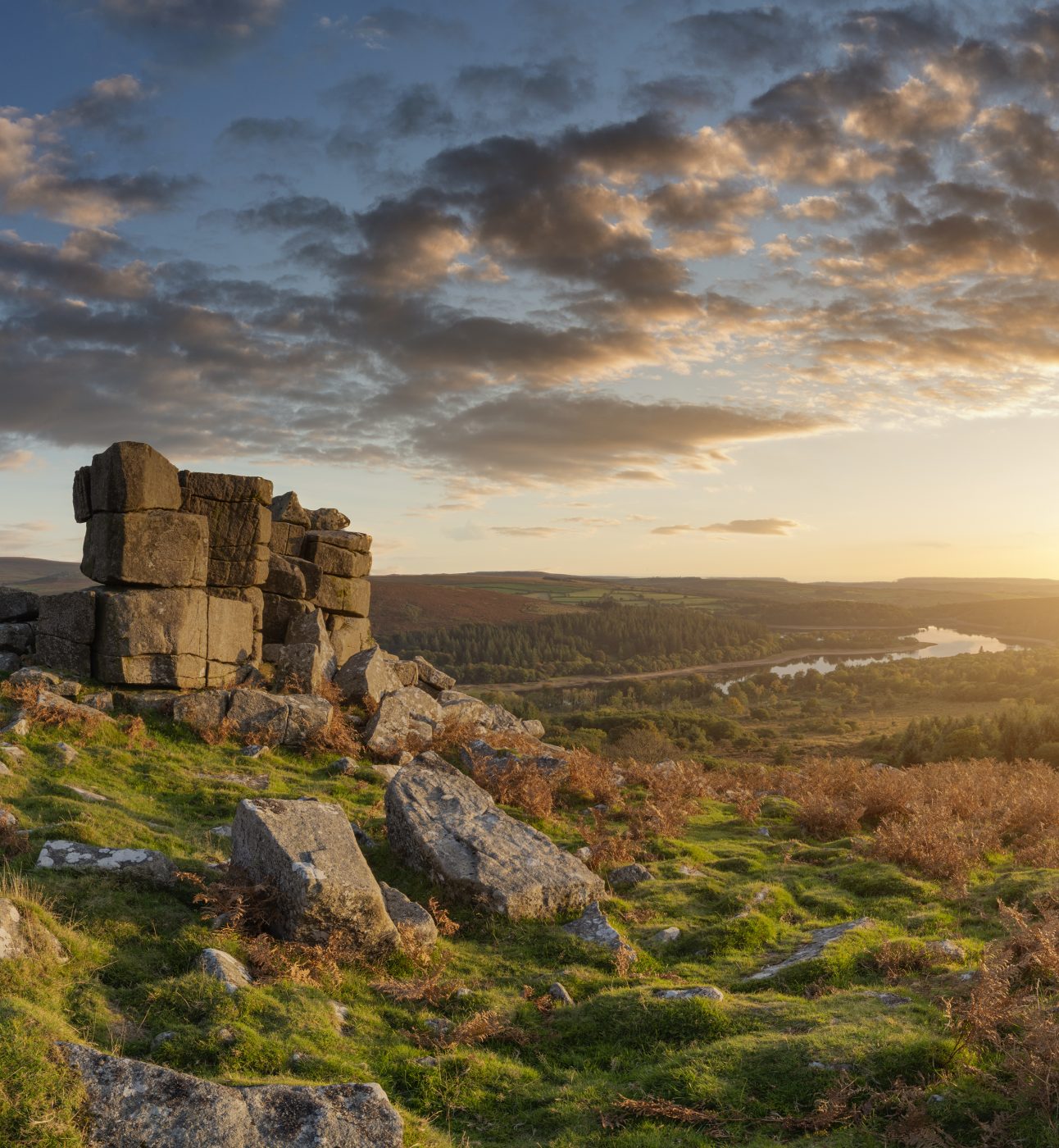
Leather Tor © Matt Gibson
A fundamental principle of wild camping is that you should ‘leave no trace’. Essentially this means leaving the site exactly as you found it, so avoid disturbing the ground as much as possible and don’t build, damage trees or vegetation, dig out or move things around.
All litter should be carried out with you, and this includes human waste! Make sure you think about last loo stops before your journey, and although you can bury your poo (30m from water, buildings or animals) if you are caught short, it’s better to take small waste disposal bags with you and carry it out to avoid pathogens being spread. Minimise the amount of packaging you take with you and pick up any litter that you find from those less responsible.
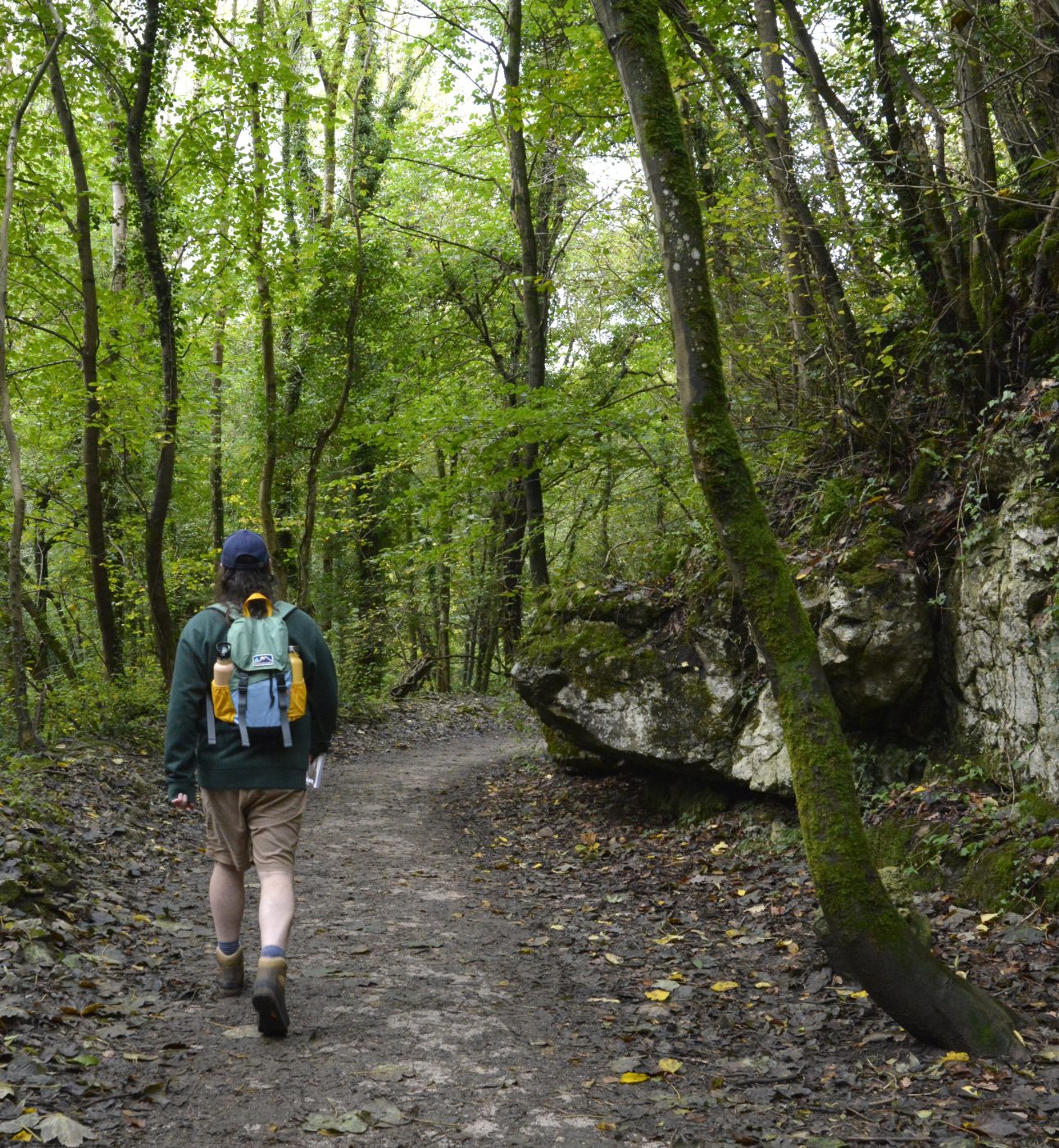
Camping equipment should be carried on your back, so keep it small and only bring what you need. You should arrive late and leave early, camping in one place for one or two nights only. Make sure you remove your tent during the day and keep your group as small as possible.

Dartmoor © Matt Gibson
You should not camp within enclosed areas (such as for animals or crops) or areas of exclusion (ancient woodland, popular sites or certain SSSI sites for example). Arrive on foot and camp well away from dwellings, historic monuments or roads (at least 100m) … this is wild camping after all! Use a tent which blends into the landscape and avoid pitching your tents too close together to avoid trampling. You should always respect other people’s quiet enjoyment of the National Park and avoid adding pollutants such as washing up liquid to water sources.
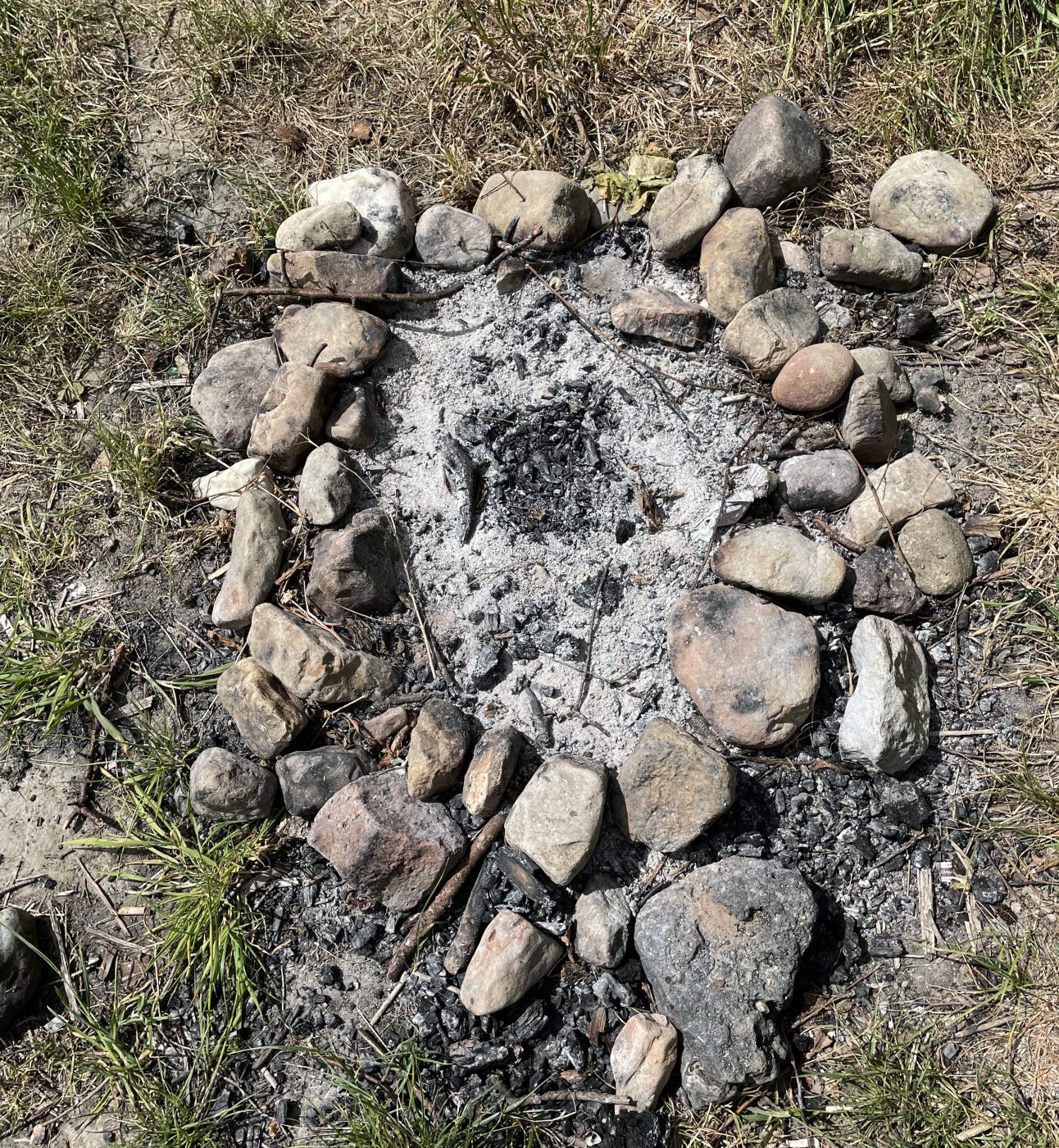
Wildfires are extremely dangerous and damaging to the environment, so under no circumstances should you be lighting fires. Scorching the earth can be damaging to flora and fauna as well as unattractive. If you need to cook use a gas burner.
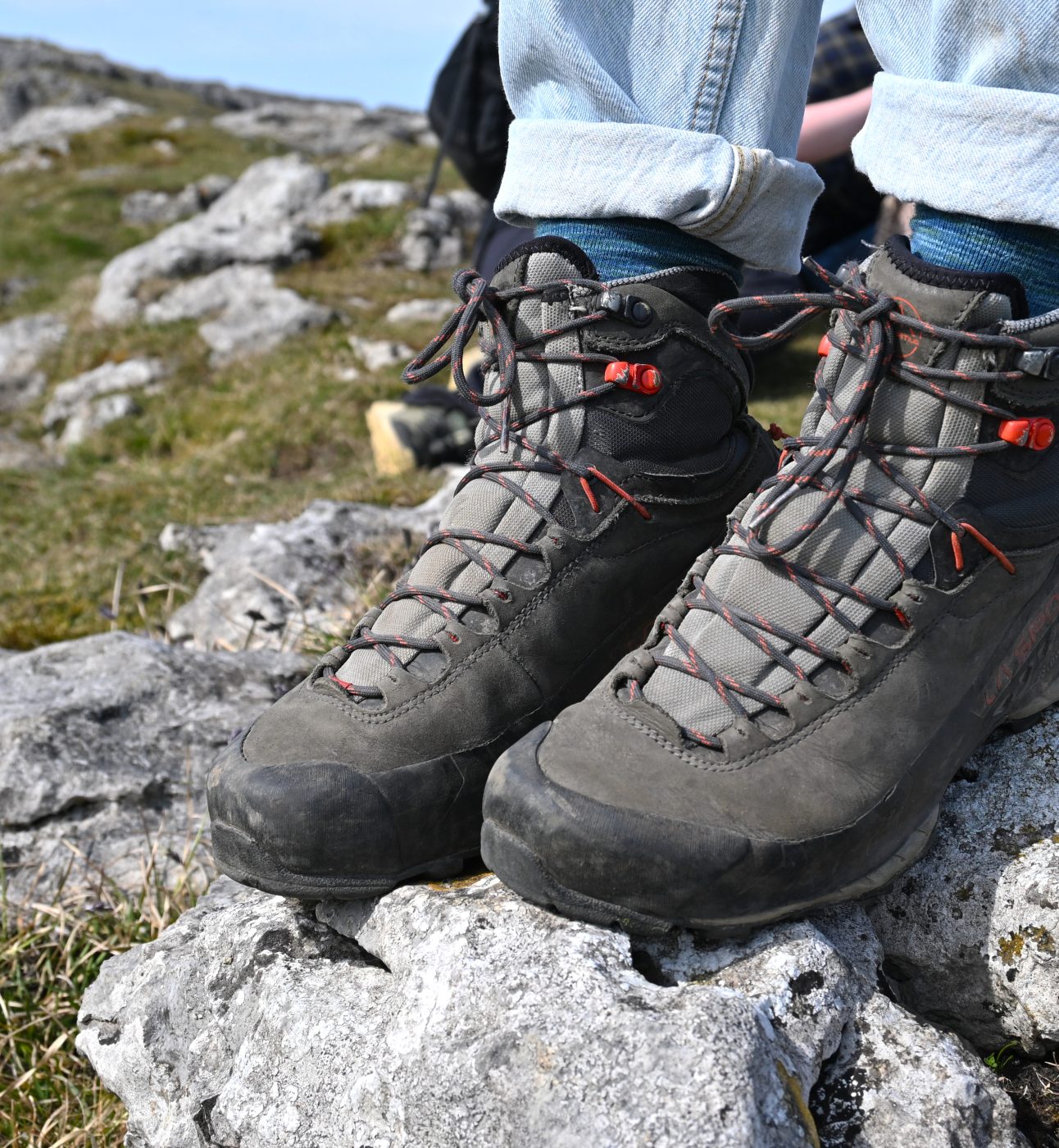
This may sound obvious, but make sure you are prepared for all weather conditions and eventualities. Write a list of everything you need for your trip and be thorough. It can be easy to be lulled into a false sense of security after watching a sunny Instagram or TikTok video showing the best places to camp. Make sure you have the right footwear and avoid camping in areas promoted widely on social media.

Our right to wild camp and access nature in National Parks is highly restricted, we’re working to increase wild camping opportunities within the Parks.
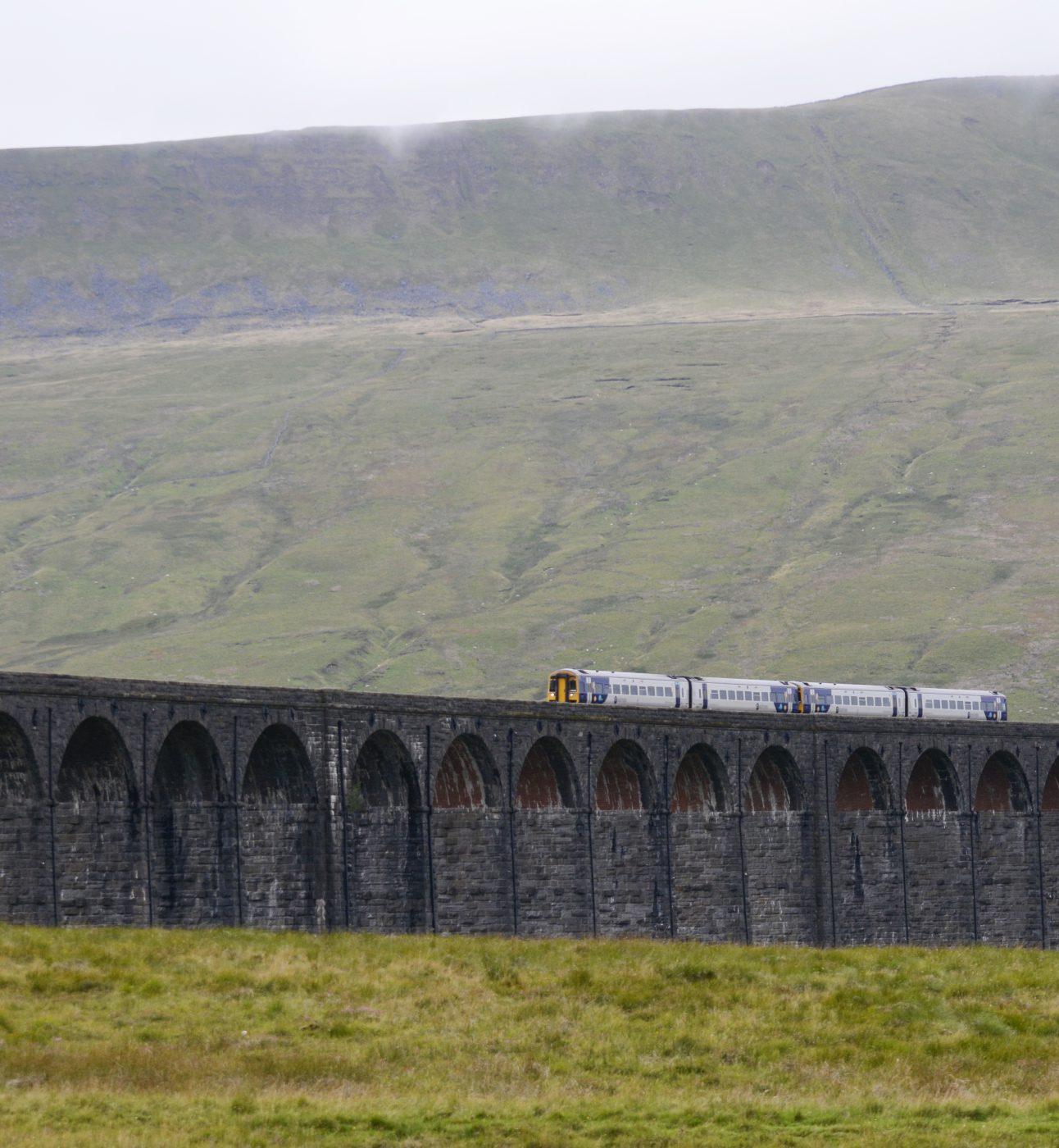
Check our our guide to travelling to and within National Parks using public transport.
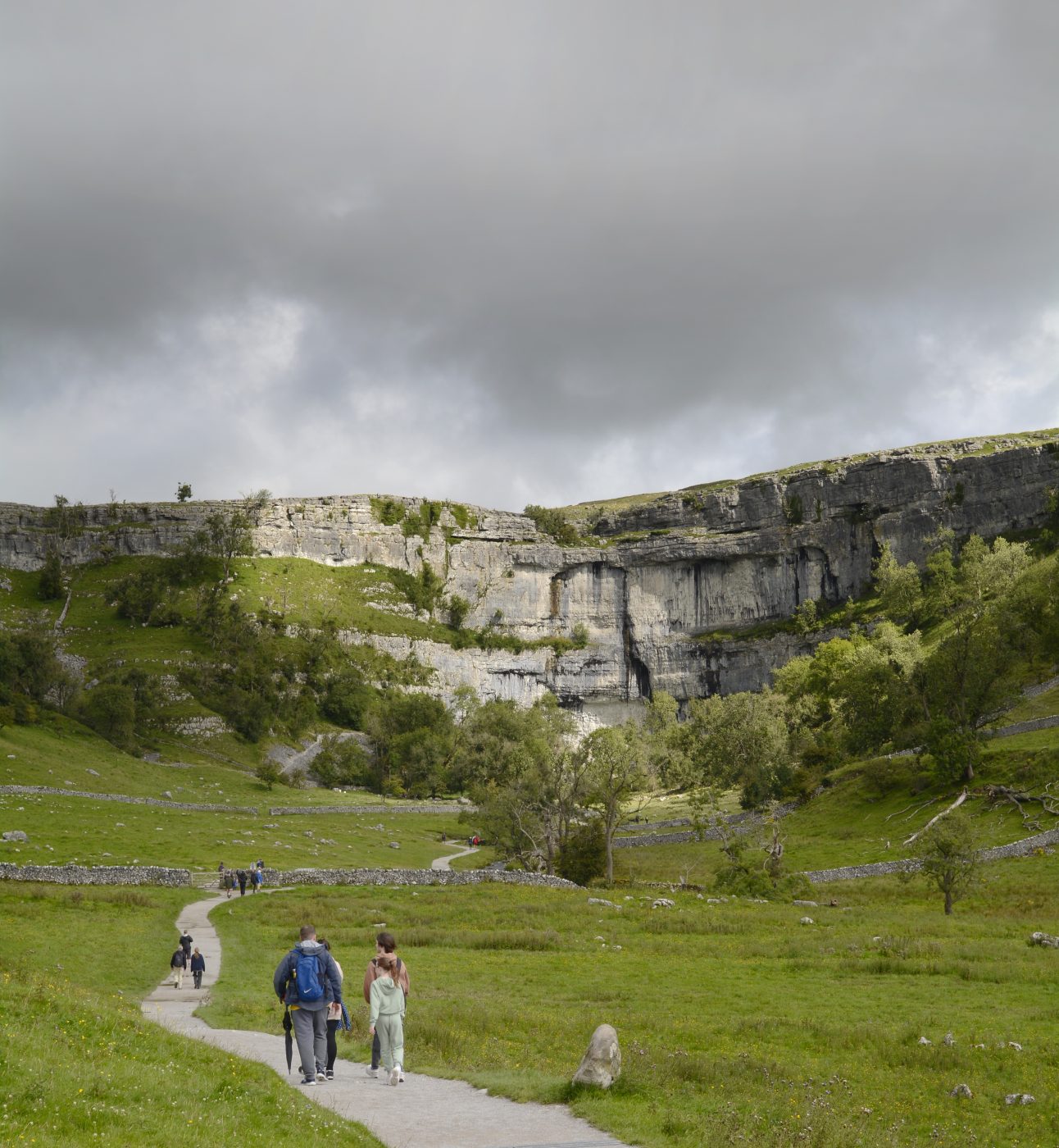
National Parks are incredible spaces for nature, culture and communities but what exactly is a National Park? From how they’re run to what makes them so special, we’re here to answer all your questions.